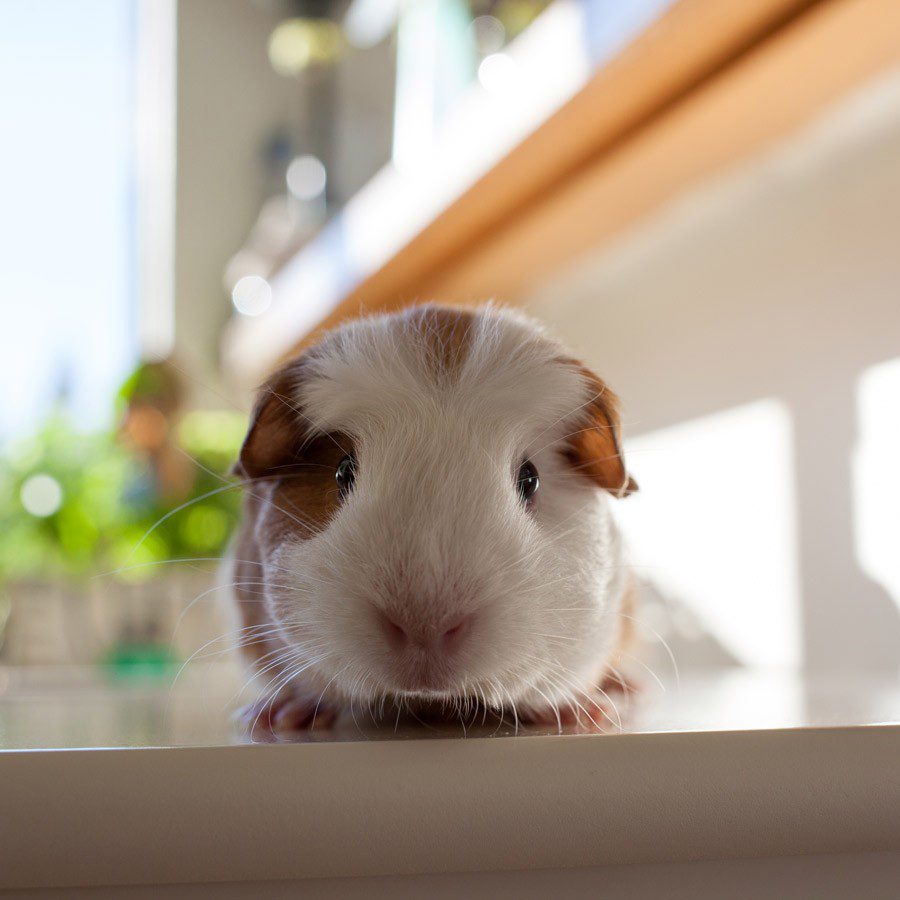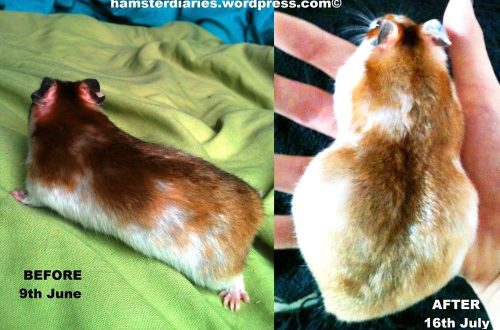
Relatives: paka
Paca (Cuniculus rasa) is a rodent belonging to the agouti family.
It lives in the coastal rainforests of South America. Adult males reach a length of 80 cm and a weight of 10 kg. Also called paw in some places. It is a large rodent with a short tail. It has a very thin skin, where several longitudinal rows of white mottles and speckles stand out against a dark reddish background of the sides. Hind feet with five toes. At the end of the muzzle, long whiskers are the organs of touch. The convex arch of the zygomatic bone of the skull has a depression that serves as a resonator for the production of sounds, a feature not found in other mammals. This makes Paka look like she has swollen cheeks.
The paca is distributed from Mexico to Paraguay and Argentina in forest areas. Rummaging in the leafy litter, looking for fallen fruits and edible roots. Especially prefers the fruits of trees from the fig family. When digging, the paka uses not only legs with strong hoof-like claws, but also teeth. At the same time, even thick roots do not stop it.
Paca (Cuniculus rasa) This rodent is active at night and spends the day in burrows that it digs itself. Leads a terrestrial lifestyle, swims well. It feeds on fruits and greenery of plants. Most often there are single individuals.
Because of the excellent meat, the paca is pursued by hunters. They hunt it at night or at dawn with dogs. At the same time, at first she tries to hide in a hole, but the dogs drive her out of there, and in such a difficult situation, the pack tries to reach the river bank as soon as possible in order to escape by swimming. In boats near the shore, hunters are waiting for the appearance of the beast. Sometimes pacu are hunted with a lantern, finding animals by the reflected gleam of their eyes.
Paca fights well, jumping on aggressors unexpectedly and biting with his large incisors. She can not only swim well, but also dive excellently. In captivity, it quickly becomes tame and becomes attached to the owner, like a dog. Despite intensive hunting, the pack is very numerous in places – from several hundred to a thousand heads per 1 km2. The Amazon Indians use the incisors of this rodent (and the agouti) to gouge the bore of a blowgun.
Paca (Cuniculus rasa) is a rodent belonging to the agouti family.
It lives in the coastal rainforests of South America. Adult males reach a length of 80 cm and a weight of 10 kg. Also called paw in some places. It is a large rodent with a short tail. It has a very thin skin, where several longitudinal rows of white mottles and speckles stand out against a dark reddish background of the sides. Hind feet with five toes. At the end of the muzzle, long whiskers are the organs of touch. The convex arch of the zygomatic bone of the skull has a depression that serves as a resonator for the production of sounds, a feature not found in other mammals. This makes Paka look like she has swollen cheeks.
The paca is distributed from Mexico to Paraguay and Argentina in forest areas. Rummaging in the leafy litter, looking for fallen fruits and edible roots. Especially prefers the fruits of trees from the fig family. When digging, the paka uses not only legs with strong hoof-like claws, but also teeth. At the same time, even thick roots do not stop it.
Paca (Cuniculus rasa) This rodent is active at night and spends the day in burrows that it digs itself. Leads a terrestrial lifestyle, swims well. It feeds on fruits and greenery of plants. Most often there are single individuals.
Because of the excellent meat, the paca is pursued by hunters. They hunt it at night or at dawn with dogs. At the same time, at first she tries to hide in a hole, but the dogs drive her out of there, and in such a difficult situation, the pack tries to reach the river bank as soon as possible in order to escape by swimming. In boats near the shore, hunters are waiting for the appearance of the beast. Sometimes pacu are hunted with a lantern, finding animals by the reflected gleam of their eyes.
Paca fights well, jumping on aggressors unexpectedly and biting with his large incisors. She can not only swim well, but also dive excellently. In captivity, it quickly becomes tame and becomes attached to the owner, like a dog. Despite intensive hunting, the pack is very numerous in places – from several hundred to a thousand heads per 1 km2. The Amazon Indians use the incisors of this rodent (and the agouti) to gouge the bore of a blowgun.





